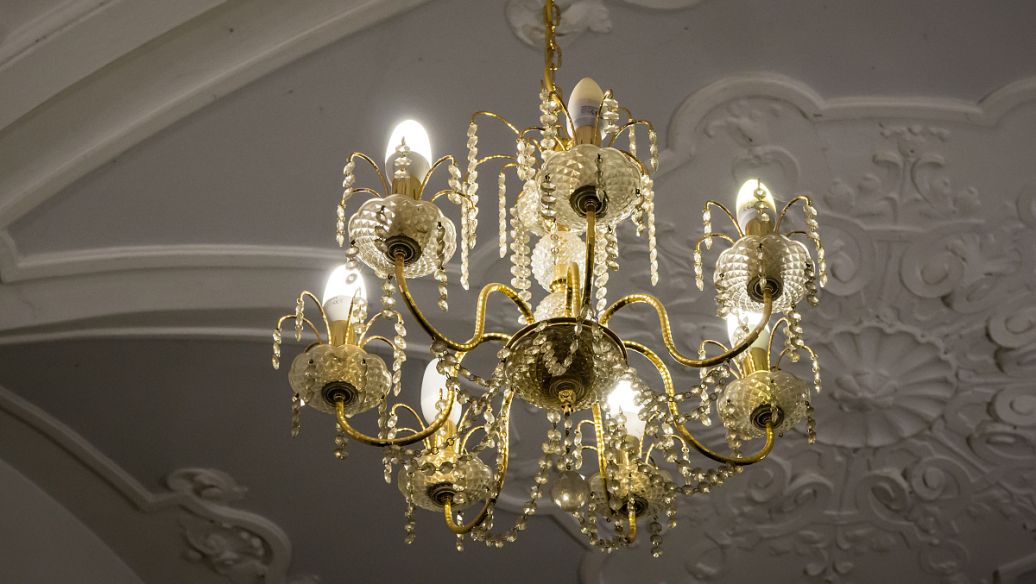

time:2021-11-16 Views:18
At present, due to the high cost of epitaxial semiconductors, the application versatility of infrared multi-spectral imaging detectors is somewhat affected. In comparison, colloidal quantum dots (CQD) that can be processed in a solution and can be adjusted in a broad spectrum are more suitable for manufacturing a variety of low-cost and high-performance optoelectronic devices. The double-ended colloidal quantum dot dual-band detector is used to achieve dual-band infrared imaging. In this detector, the photodiode is still the key element. Next, the editor will discuss the application of this component in dual-band infrared imaging of the detector.
Using a thin layer of colloidal nanocrystals of Ag2Te and Bi2Se3, a double-end colloidal body sub-point dual-band detector was developed, which can produce spatially stable p and n doping on the interface. The high-density colloidal dot rectifier photodiode adopts a "back-to-back" n-p-n structure with a small hole tunnel barrier in the middle. Two sizes of HgTe quantum dots, short-wave infrared (<2.5μm) and medium-wave infrared (3-5μm) are selected.

2. It can provide a spectrum response with switchable bias on two different frequency bands. By changing the polarity and amplitude of the bias voltage, the dual-frequency detector can quickly switch between SWIR mode and MWIR mode (up to 100kHz). Dual-frequency infrared imaging and long-distance temperature monitoring experiments show that the detector has excellent performance.
In the research, photodiodes have become more and more complex, with more and more functions, and their applications in various detectors and other devices have become more and more extensive. In the future, the application field of photodiodes will be broader.